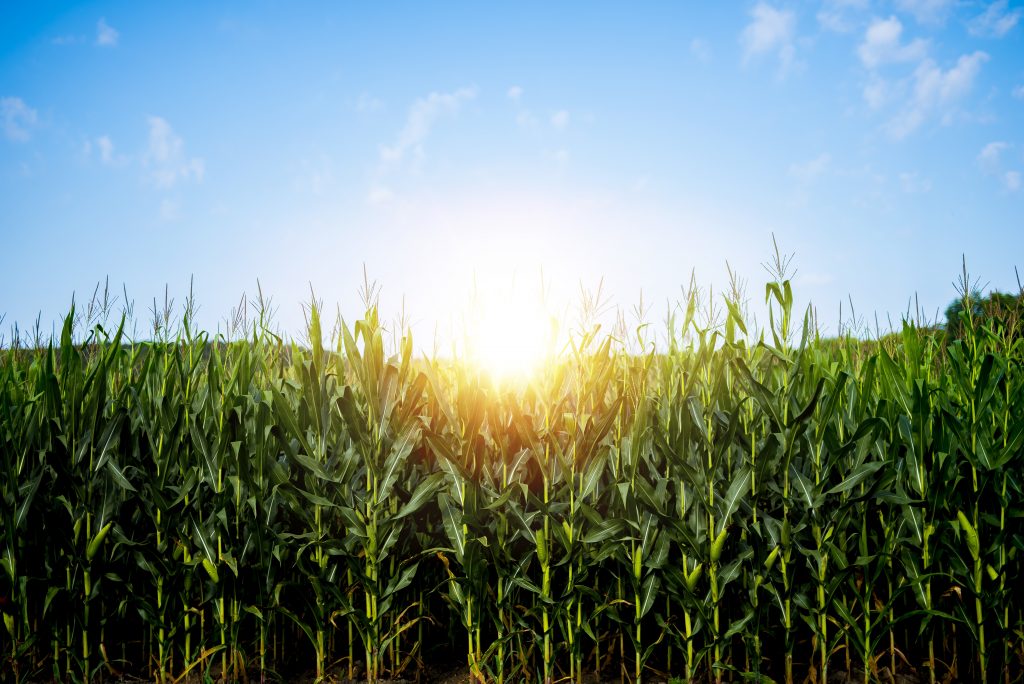
This week on SUNUP, OSU Agriculture Economist Dr. John Michael Riley discusses the highs and lows of current grain and cotton markets.
“A lot of news is flowing into our grain and oilseed markets this week,” he began. “We’ll start with a little bit of the older news in regard to the prospective plantings report that was released on March 31.”
Corn acres were the big news, with a reported 95 million acres planned for corn production. Eighty-four million acres are planned for soybeans, and wheat at forty-five million acres.
“The big surprise there was corn acres,” Riley explained. “They were higher than what corn market analysts were expecting and higher than even February’s USDA Outlook Conference expectations. We’ve been speaking to, in these reports as we’re entering the spring planting season, how corn was trying to buy acres, and what we saw with that prospective plantings report is that is what is potentially going to be happening.”
Turning to more recent news, like trade policies and tariffs, soybean are being impacted the most by them. On average, fifty percent of the U.S. soybean production is typically exported to foreign markets, mainly China.
Ironically, corn and wheat are weathering the storm better than soybeans because a relatively smaller percentage our U.S. produced corn is exported, and wheat exports are less dependent on Asian markets.
“Corn and wheat are also protected through the USMCA trade agreement with Canada and Mexico, so that has been a little bit more of a relief on those two markets,” Riley explained. “Overall, there is just a lot of turmoil in the markets, very much a rollercoaster.”
As all row crop commodity markets have been up and down over the past couple of weeks, Riley reminds producers to understand that market analysists, traders, buyers, and sellers don’t always have all of the answers, and navigating the potential impacts and forecasts can be challenging.
“While we do want certainty, and we do want these times to be more calm, these are times when we want to make sure that as farm managers and producers, we are doing everything we can to control the things that we can control,” Riley explained. “In closing, I think it is really good that we are experiencing some wet weather and getting some soil moisture as we are leading into the tail end of our winter wheat crop.”
This Week on SUNUP:
- Brett Carver, OSU wheat genetics chair, sits down with SUNUP host Lyndall Stout at Persimmon Hill Farm and Bakery for an in-depth conversation about the research underway to increase fiber in wheat.
- Paul Beck, OSU Extension beef cattle specialist, says cattle will become less interested in hay and more interested in grazing freshly grownweeds after a rain, but producers should continue with feeding hay and their supplementation programs.
- In the Mesonet Weather Report, state climatologist Gary McManus discusses the recent rains and predicts warmer, wetter weather is on the way.
- SUNUP previews the upcoming OSU Extension’s pesticide disposal dates.
- John Michael Riley, OSU agricultural economist, says tariffs will impact the soybean market more than the other grain commodities, though there is still a lot of uncertainty.
- SUNUP has information on how to apply for the Oklahoma Agricultural Leadership Program.
- Finally, Mark Johnson, OSU Extension beef cattle breeding specialist, discusses the management of horn flies this spring and summer.


















